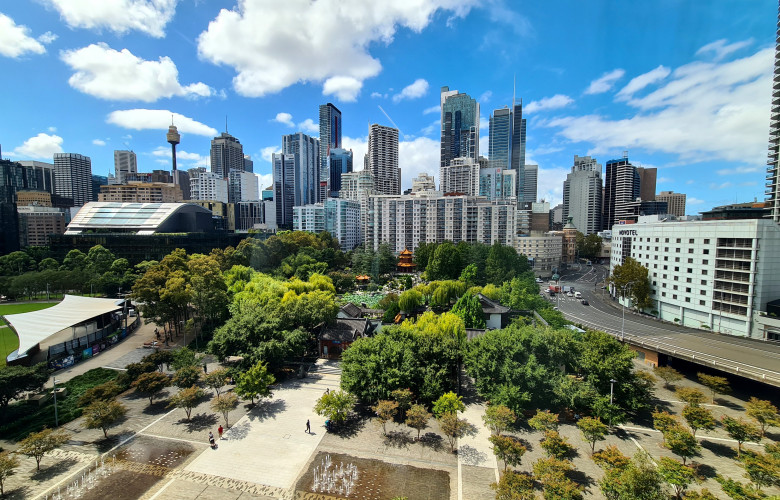John McGrath – New value everywhere for Sydney buyers this Spring
Contact
John McGrath – New value everywhere for Sydney buyers this Spring
According to John McGrath, Chief Executive Officer of McGrath Estate Agents, as the Sydney market cools, homeowners should look to history for comfort and guidance.
Two years of phenomenal capital gains changed the lives of Sydney homeowners, with the median house price rising 33% over 2020 and 2021 to peak at about $1,400,000 in early 2022 before the correction began.
As is usual at the start of market corrections, Sydney went from blanket growth to a patchwork of rising and falling values.
As discussed in our recently released McGrath Report 2023, Sydney’s inner and middle ring areas began cooling first.
Over the three months to April 2022, CoreLogic data shows house prices in a third of suburbs — mainly across the inner city, inner east and inner west — fell by 3%-7%.
Prices in the outer ring and southwest continued rising by 4%-7%, reflecting the ongoing trend in work-from-home families upgrading to larger, more affordable houses away from the city.
Today, CoreLogic reports that every suburb of Sydney recorded a fall in house prices in the three months to September 30.
While the best homes in the best streets are still selling well because they always generate good competition, there is new value available for buyers everywhere.
Following so much growth in 2020 and 2021, first home buyers are still struggling with affordability, though. Softening values in 2022 have not been enough to overcome the deposit hurdle, which is made worse by stamp duty.
The Bank of Mum and Dad is still actively helping young people get into their first homes.
The First Home Guarantee is becoming less relevant in Sydney, with only about 12% of suburbs having a median house price below the $900,000 cap for FY23, according to CoreLogic data.
Stamp duty costs have long been a thorn in the side of young buyers with tight budgets.
The NSW Government budget announcement that first home buyers will be able to choose between paying stamp duty upfront or an annual property tax of $400 plus 0.3% of the land value on homes bought for up to $1.5 million may assist young people with the deposit hurdle.
At the other end of the scale, Sydney’s wealthy continues to invest tens of millions into prestige property.
In FY22, returning expats competed against locals for large homes with recreational facilities. High demand and short supply led to a re-rating of prestige values in many areas.
CoreLogic data shows Palm Beach had the highest annual growth amongst suburbs with a $5 million-plus median, at 59% over the 12 months to February 2022.
Also flying high was Dover Heights (up 54% to $6,400,000), Bronte (51% to $5,750,000) and Double Bay (44.5% to $6,340,000).
Sydney affluence has spread to the NSW regions, where many families are retaining their lifestyle homes in areas such as the Southern Highlands but are now purchasing city ‘boltholes’ to make the transition back to working in their CBD offices easier.
In FY22, the NSW Government released the blueprint for the Western Parkland City, one of three interconnected hubs envisioned to reshape Sydney over the next 20 years.
It outlines a “green, connected and advanced city in its own right” featuring Australia’s first hydrogen and electric vehicle-ready, zero carbon urban centre, and a green canopy so vast it will change the climate of western Sydney.
As the Sydney market cools, homeowners should look to history for comfort and guidance. Sydney house prices have a 10-year annual compound growth rate of 9% — the highest of any capital city — but that growth does not occur in a straight line. There are dips in between, and that’s where Sydney is now.
The views expressed in this article are an opinion only and readers should rely on their independent advice in relation to such matters.
For more information including articles, checklists, guides and more visit McGrath’s Insights Centre.
Similar to this:
John McGrath – The shift from the beach to the bush
John McGrath – Why your neighbouring suburb could be a better buy





